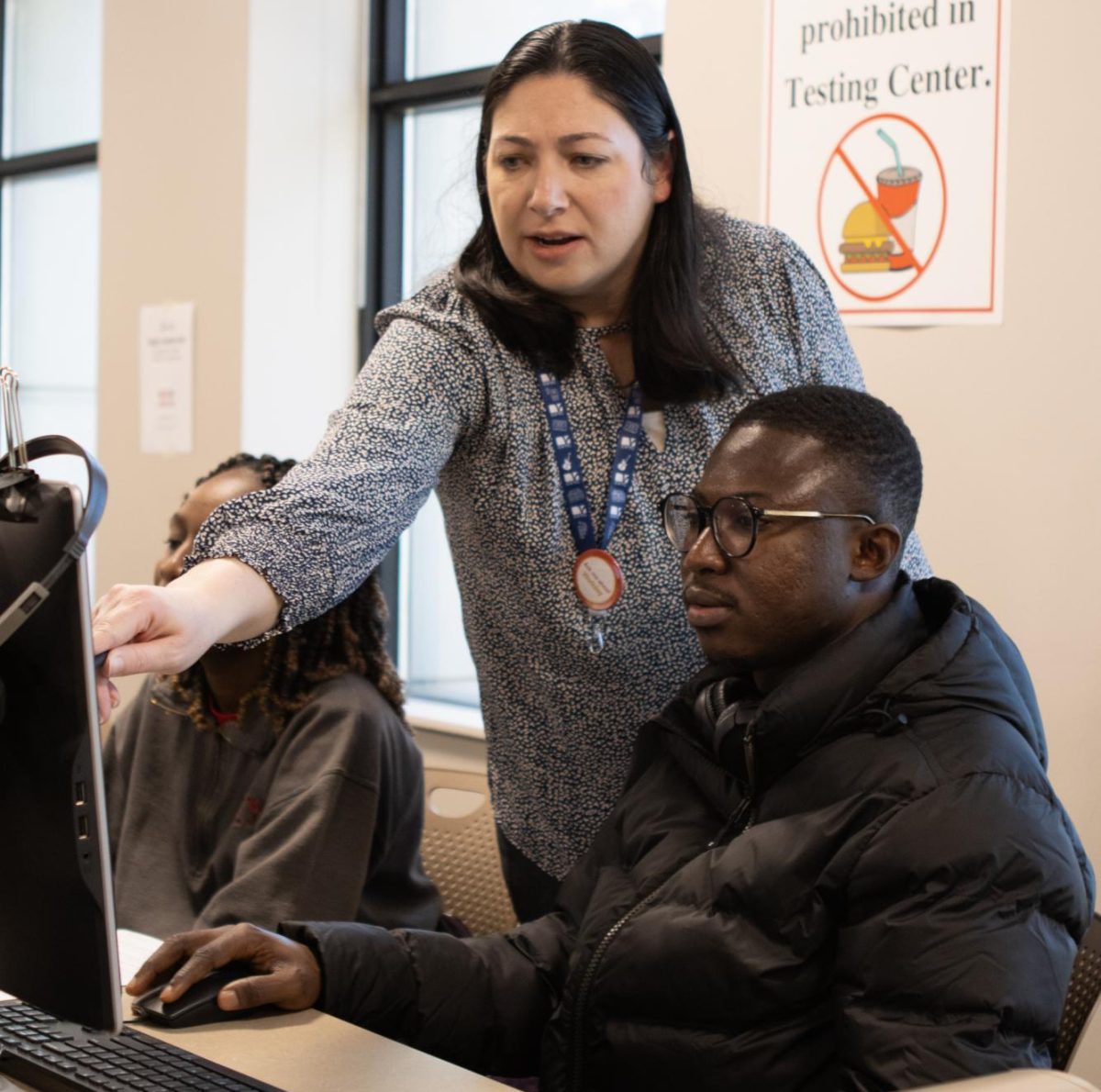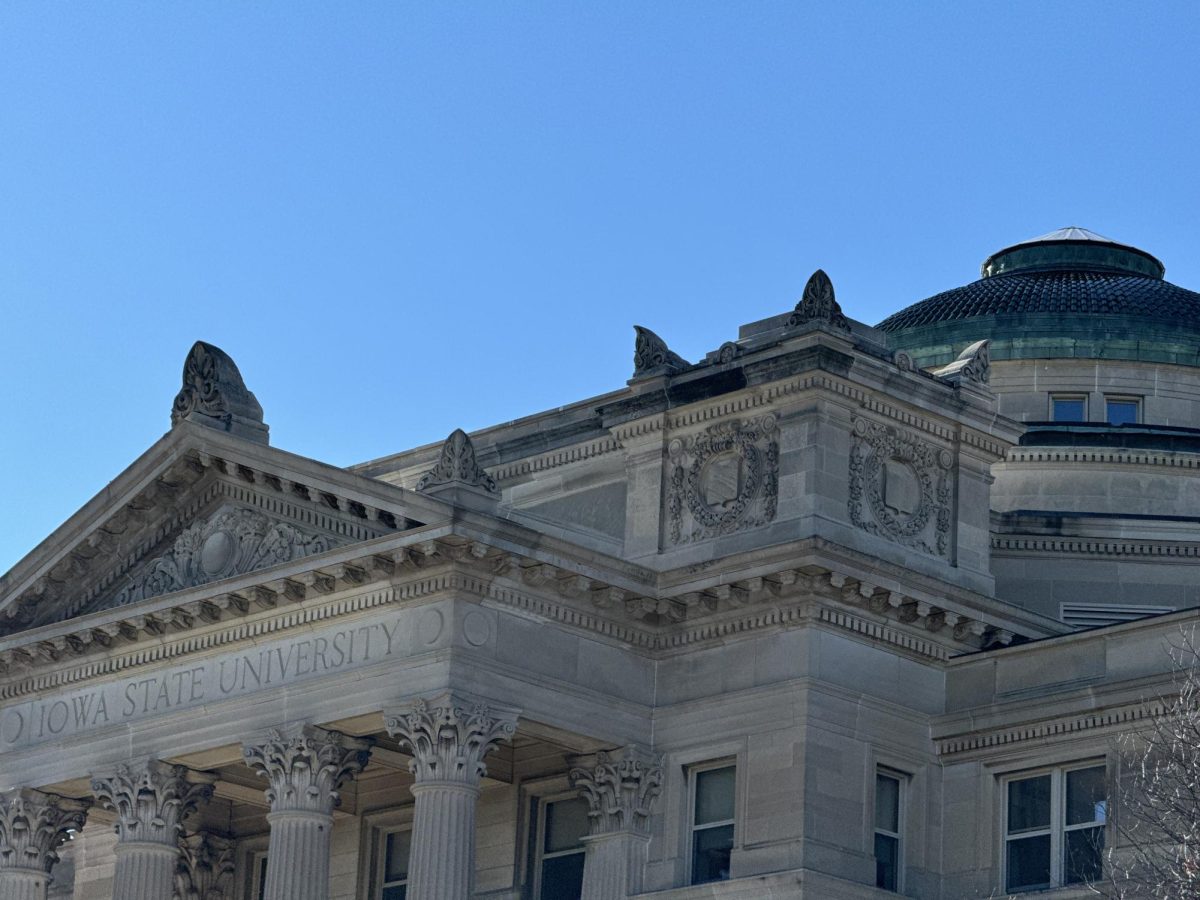ISU Symphony Orchestra set to perform Friday
October 18, 2000
The ISU Symphony Orchestra will be performing three pieces during a concert Friday night at the Martha-Ellen Tye Recital Hall in the Music Hall.
The first piece will be “Gazebo Dances” by John Corigliano. The second piece will be the “Concerto for Flute and Orchestra” by Carl Nielsen, which showcases Elizabeth Sadilek, professor of flute. The final selection of the concert will be the “Enigma Variations” by Edward Elgar.
“Gazebo Dances” has been described as a fun and light-hearted piece that, through it’s four movements, will take the audience through a variety of emotions ranging from forceful and rhythmic to quiet and tranquil.
Mark Laycock, director of orchestral activities, promises “Gazebo Dances” won’t be the standard classical stereotype.
“It’s just the opposite of the old stereotype that classical music is quiet and boring. This is full of energy and life,” Laycock said. “There’s lots of percussion and lots of brass.”
Corigliano is best known for his Academy Award for composing the musical score of the film “The Red Violin.”
Laycock said “Concerto for Flute and Orchestra” is filled with technical challenges such as playing quickly and hitting high notes as well as playing beautiful and expressive passages.
“There’s a little bit of everything [in `Concerto’], and it changes abruptly, making the piece very exciting,” Sadilek added. “It’s written so that the flute doesn’t have to work really, really hard to come out over the orchestra because flutes tend to be softer instruments.”
Sadilek is a member of the Cedar Rapids Symphony and has a doctorate from the Peabody Conservatory, which, according to Laycock, is one of the best music schools in the world.
“We’re very fortunate to have her here at Iowa State,” Laycock said. “She really is a world-class performer.”
“Concerto” will also feature soloists Emily Flanagan, senior, clarinet; Jennifer Speer, junior, bassoon; and Matt Cameron, junior, trombone. All three are music majors.
“Enigma Variations,” the final piece of the show, is written as a mystery. That is, when Elgar wrote the piece, he told people it had a central theme but didn’t tell anyone exactly what that theme was.
“Musicologists and scholars have been trying to figure out what it means, or what it represents for the past 100 years,” Laycock said.
What is known about the “Enigma Variations” is that Elgar took the characteristics of his wife’s and friends’ personalities and put them to music.
“There’s a variation that’s dedicated to a friend’s bulldog,” Laycock said. “The dog falls into some water, comes out and shakes itself off. You can hear that in the music.”
Laycock encourages everyone, especially students, to come to the performance.
“This is music that will appeal to a wide range of people,” he said. “This would be a great first orchestra concert for someone who has never seen or heard an orchestra before.”
















